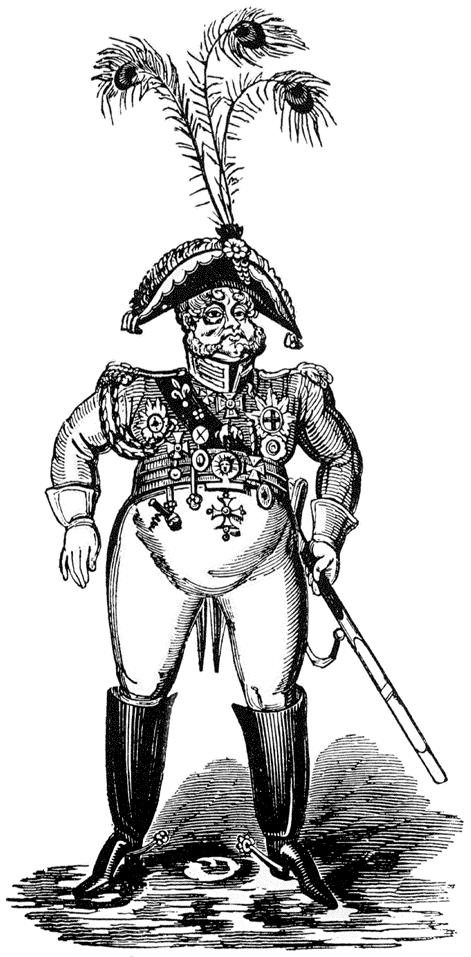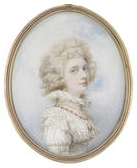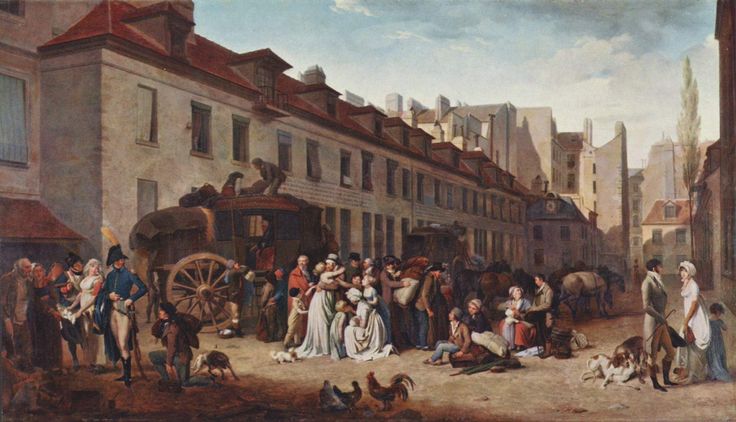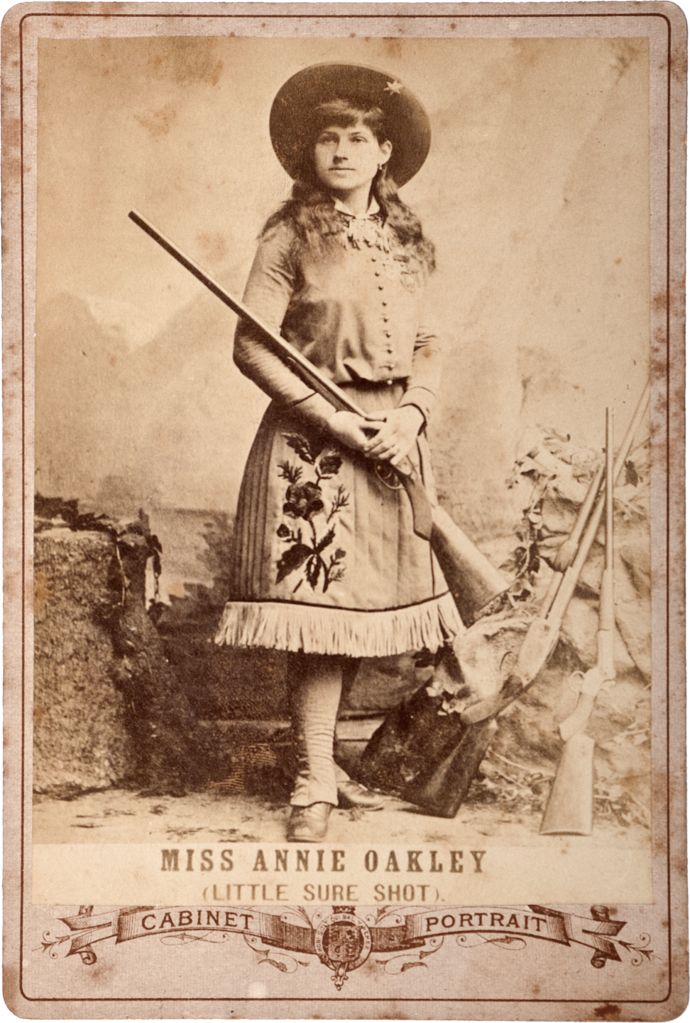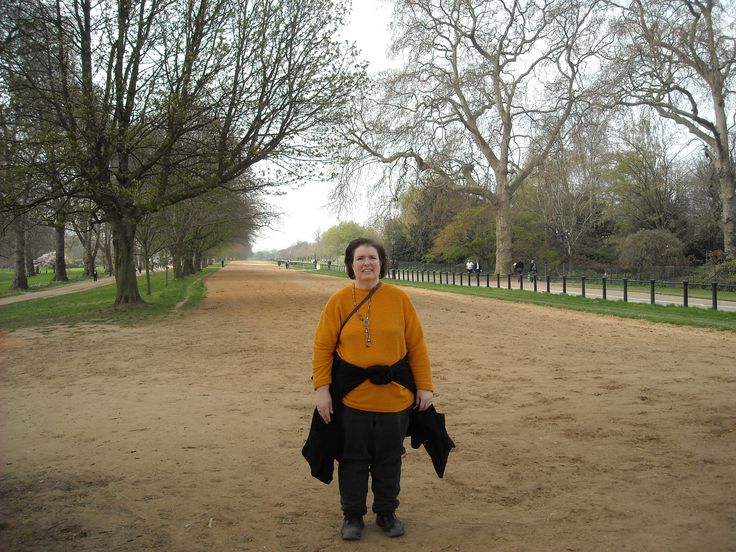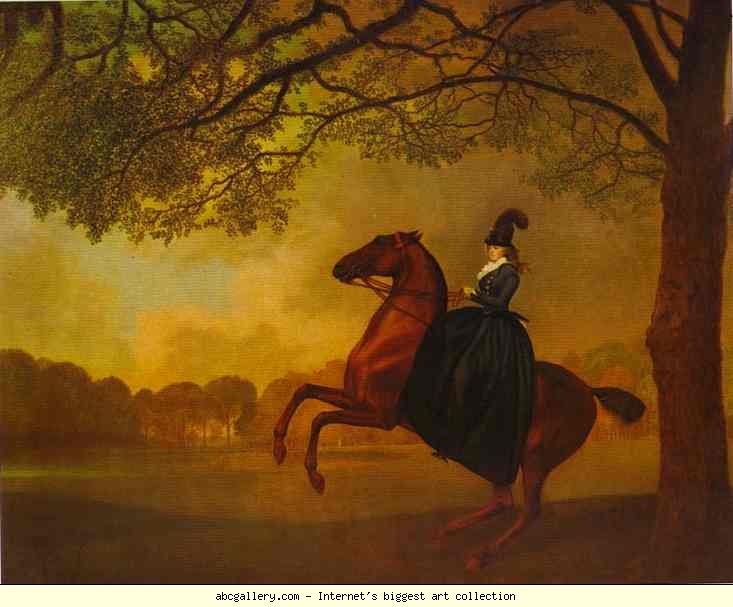Artists
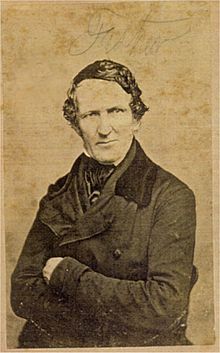
In researching The Art of Sinning, I discovered quite a few American artists who ended up touring or settling in England. The most famous one, of course, is Benjamin West, one of the founders of the Royal Academy of Arts. Already established as a portrait painter in Pennsylvania, he went to England initially for a visit and ended up residing there for the rest of his life. Alvan Fisher, an American landscapist, toured England around the time of my story. Samuel Morse (yes, the co-developer of Morse code) was also a painter and member of The Royal Academy, who studied in England under West. In fact, several American artists of the period studied there—Robert Fulton, Charles Wilson Peale, and Washington Allston, among others. So Jeremy was part of a long-standing tradition with American artists.


